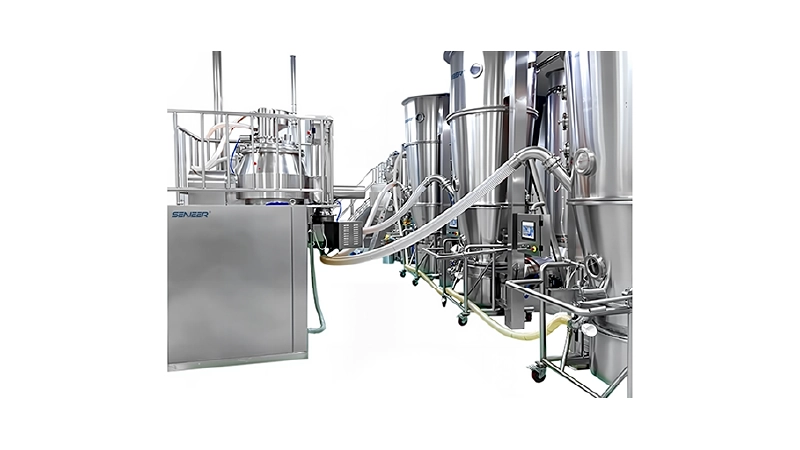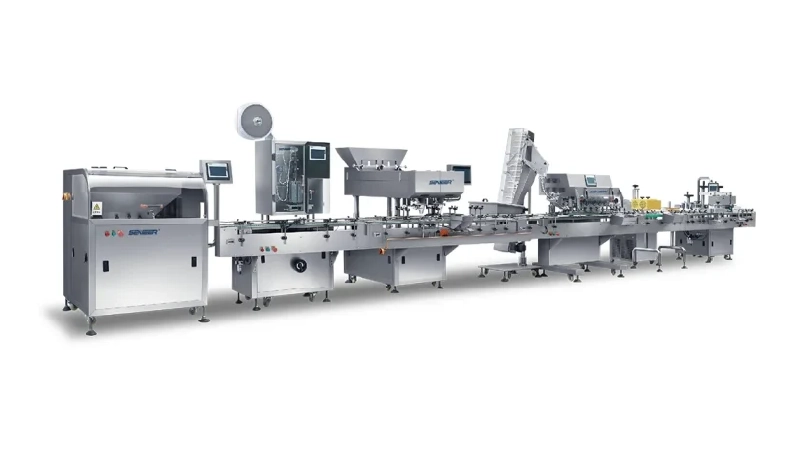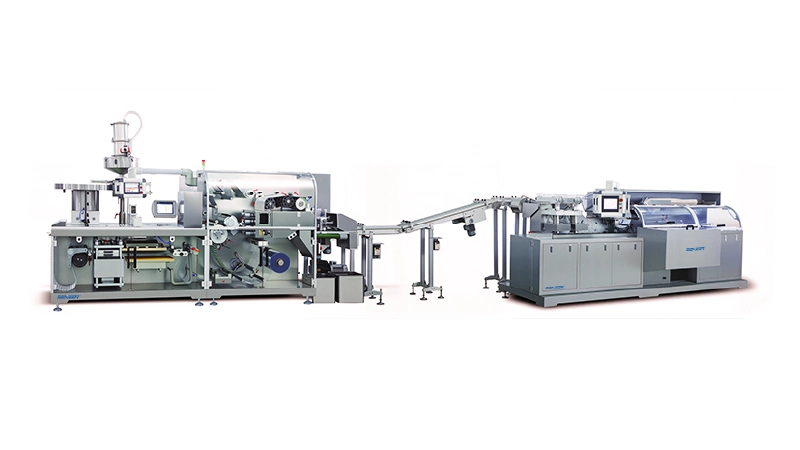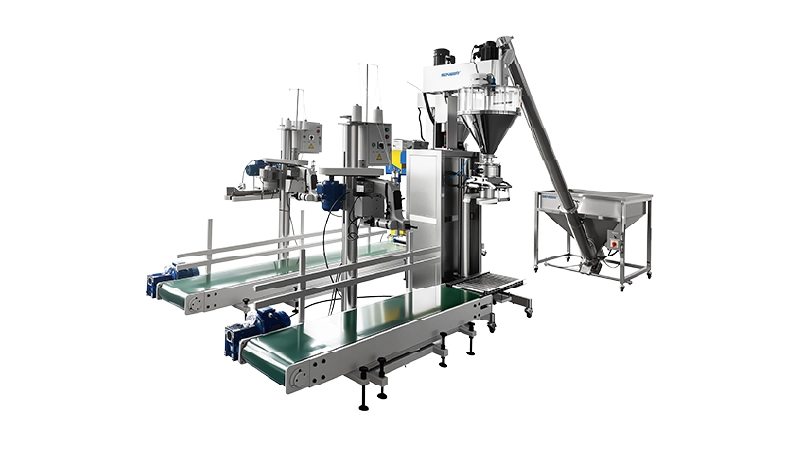With the continuous development of social economy, people pay more and more attention to their health, and the pharmaceutical industry plays a vital role in ensuring the health of the people. Therefore, it is very important to ensure the stable development of the pharmaceutical industry significance. In the production process of pharmaceuticals, its quality is not only closely related to the production formula, but also is greatly affected by the production environment, and the air conditioning purification system plays a key role in the environmental control process. In order to create a high-quality working environment for pharmaceutical production, it is necessary to combine the specific requirements of pharmaceutical production for the environment, and scientifically and reasonably design the HVAC of the clean room, so as to achieve effective control of the clean room environment and reduce various adverse effects. Factors are limited within a reasonable range, so as to provide reliable guarantee for the production quality of drugs and bring good economic benefits to enterprises.
Part 1 Key Design Points Of HVAC In Clean Room Of Pharmaceutical Factory
The HVAC system is an important part of the pharmaceutical production quality control system. It can monitor important factors such as air temperature, humidity, suspended particles, and microorganisms in the production environment in real time, and take targeted adjustment and control measures, and then Provide a good working environment for pharmaceutical production, avoid air pollution and cross-contamination, and at the same time provide a comfortable working environment for production personnel, thus providing a reliable guarantee for the smooth development of pharmaceutical production. In addition, when producing dangerous drugs, the HVAC system can also help reduce and avoid the adverse effects of drugs on the health of operators and the surrounding environment, and establish a good foundation for the safety of drug production. Therefore, for the HVAC design of the clean room of a pharmaceutical factory, the key to the design is to ensure that the environmental quality of the clean room space meets various production requirements.
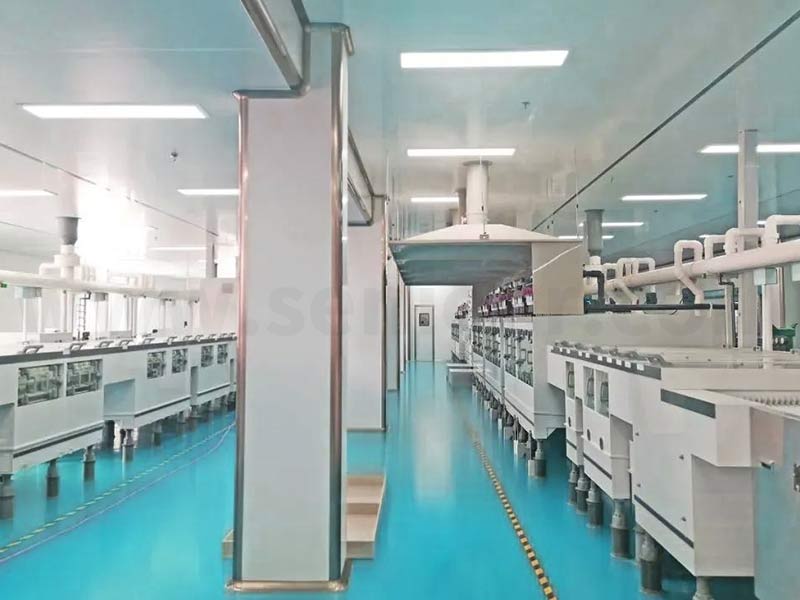
First of all, it is necessary to conduct systematic and comprehensive analysis and research on user needs and the entire production process. Important information that needs to be investigated during the design process includes: product types, raw materials, biological products, blood products, and traditional Chinese medicine preparations; whether they belong to special Drugs, such as penicillin, vaccines, hormones, and anti-tumor chemicals. Different pharmaceutical productions have different requirements for air conditioning system form, return and exhaust air strategy, pressure difference and airflow direction, etc., which should be fully paid attention to in the actual design process. Secondly, it is necessary to strictly abide by the relevant provisions of the GMP on the production environment, and scientifically and rationally divide the air-conditioning system; thirdly, in the early stage of design, the cleanliness of drug production, microbial limits and corresponding monitoring requirements must be systematically carried out. A comprehensive understanding, for sterile drugs, according to the provisions of the new GMP appendix, the cleanliness requirements are A, B, C, and D in descending order. During the design process, specific requirements for drug production should be combined. sexual design. Finally, the temperature and relative humidity requirements for each clean area should be considered comprehensively. For pharmaceutical production without special requirements, the temperature should be controlled at 18-26°C and the relative humidity should be controlled at 45%-65%.
Part 2 Air Conditioning System
1 Division Of The Air Conditioning System
The air conditioning system needs to be comprehensively divided and designed according to factors such as indoor parameters, use time, and production areas. On the premise of meeting the basic requirements of GMP, attention should also be paid to avoiding cross-contamination. At the same time, it is also necessary to meet the convenience of energy saving and operation management The specific division principles are as follows:
1) Carry out targeted division according to the production requirements of drugs to avoid cross-contamination between drugs.
2) According to the cleanliness level, temperature, and relative humidity requirements of pharmaceutical production, scientific and reasonable divisions are made. Generally speaking, rooms of levels A, B, and rooms of C and D need to be set up by system.
3) The non-purification system, medium-efficiency purification system and high-efficiency purification system need to be set up strictly separately. This is due to the large difference in air flow resistance between different systems. When operating in the same system, its resistance is difficult to effectively adjust. balance.
4) The clean room with unidirectional flow and non-unidirectional flow needs to be designed separately. This is because there is a very large gap in the number of air changes between the two, and the combined air supply will cause a large temperature difference, and reheating will It consumes more energy and causes serious waste.
5) According to the targeted division of floors, plane divisions and process sections, etc., different production sections can be effectively isolated to avoid mutual influence in the production process, and it can also play a certain role in energy saving.
6) The air-conditioning system that has special requirements or produces certain pollution shall be designed separately, so as to minimize its adverse impact on the surrounding environment. Design separately, thereby minimizing its adverse impact on the surrounding environment .
2 Return Air And Exhaust Air Selection
The selection of return air and exhaust air for HVAC in clean rooms needs to be designed in strict accordance with the relevant provisions in Article 9.2.5 of GB50457-2008 “Code for Design of Clean Workshops in the Pharmaceutical Industry”. This is the basic requirement of the design and needs to be strictly implemented. At the same time, comprehensive design improvements can also be made with reference to the following general design requirements.
For the production of highly allergenic drugs, in order to reduce the risks in the production process as much as possible and ensure the personal safety of production personnel, the explosion-proof area needs to be designed as a full exhaust system, and then discharge various dangerous substances in time to avoid damage to personnel. . Generally speaking, designing according to the full exhaust method will consume a lot of energy, which will increase the production cost of the enterprise, and for the exhaust system with a small amount of exhaust dust or effective dust removal measures, it can also make full use of the exhaust after purification. Return air, and then achieve the purpose of energy saving, thus bringing good economic benefits to the enterprise.
3 Pollution Control
In the production process of pharmaceuticals, it is inevitable to generate various types of pollutants such as dust, harmful gases and odors. In order to avoid its adverse effects on operators and the surrounding environment, effective elimination measures must be taken to provide a healthy working environment for pharmaceutical production personnel, which must be fully considered in the design process.
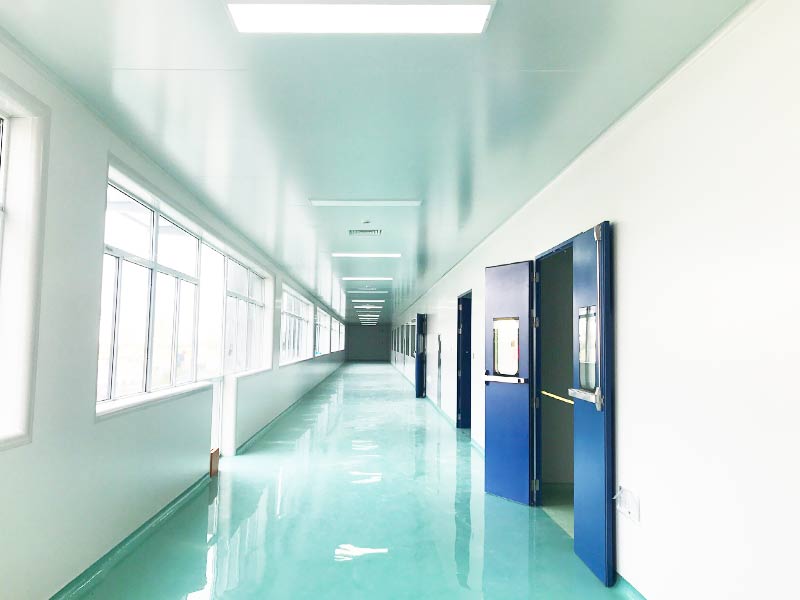
First of all, specify the specific location of the pollution source, and determine the specific exhaust method according to its location, size, production method, and production volume. For effective elimination of pollutants, it is necessary to give priority to the selection of small chambers with closed pollution sources for exhaust, so as to ensure that the small chambers are in a negative pressure state relative to the surrounding environment. However, it is relatively difficult to realize the ventilation of the small chamber because it cannot be coordinated with the requirements of the operation. The local exhaust air needs to be set near the pollution source so as to effectively capture the emitted pollutants. The exhaust air device needs to be equipped with sufficient suction power and a suction device suitable for the pollutants. During the implementation of comprehensive exhaust, a large amount of air needs to be consumed, which will cause very serious waste. Only when the above two exhaust methods are not applicable can they be considered. Secondly, it is necessary to take harmless measures for the harmful substances in the exhaust gas, and take targeted treatment measures in combination with their types, properties and quantities. For example, the exhaust air of highly allergenic processes such as penicillin needs to be treated separately. In the actual design process, comprehensive analysis and consideration should be carried out.
4 Room Differential Pressure Control
The room pressure difference plays a vital role in ensuring the cleanliness of the room and avoiding cross-contamination. In the actual design process, the pressure difference should be designed scientifically and reasonably to ensure that it can meet the requirements of safe production [5]. In the design process of some projects, the infiltration air volume is often calculated according to the number of air changes, without considering other influencing factors, which will lead to certain errors in the calculation results, which may cause the pressure difference design of the room Unreasonable, unable to guarantee safe production. In order to ensure the pressure difference balance in the room, in the calculation process, the infiltration air volume of the room enclosure structure and the door infiltration volume should be organically combined, thereby providing a reliable guarantee for the scientific selection of the air volume of the fan.
5 Air Treatment Process
Commonly used air treatment processes mainly fall into 2 different forms:
One is fresh air pretreatment + mixed air reprocessing. In this method of processing, the reprocessing cooling coil is mainly for sensible cooling load processing. The entire processing process only requires medium-temperature freezing water temperature, and the total cooling capacity required is less. It has very significant energy-saving advantages. However, it is not suitable for rooms with a large indoor humidity load. In the actual selection process, full attention should be paid.
The second is the mixed centralized heat and humidity treatment of the new return air. This treatment method has very wide applicability, especially for the environment with a large indoor humidity load, and can also obtain good treatment effects. However, the entire implementation process consumes a lot of energy, which does not meet the current energy-saving requirements. In order to reduce energy waste, a secondary air return method can be used, thereby reducing heat consumption and improving energy utilization.
Part 4 Conclusion
All in all, medicine plays a very important role in ensuring people’s health. As an important production place of a pharmaceutical factory, the air quality of the clean room will have varying degrees of impact on the entire production process of medicines. In order to ensure that the production quality of drugs meets the requirements, it is necessary to pay full attention to the environmental quality of the clean room. HVAC plays a vital role in the control of the environment in the clean room of a pharmaceutical factory. Therefore, in the design process of HVAC in the clean room of a pharmaceutical factory, it is necessary to carry out specific analysis of specific issues, combined with actual needs, and conduct targeted Scientific design, and then provide a high-quality operating environment for the entire drug production process, so as to ensure that the quality of the produced drugs meets the requirements of relevant national standards.






